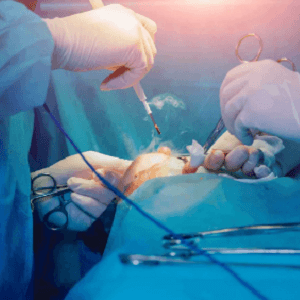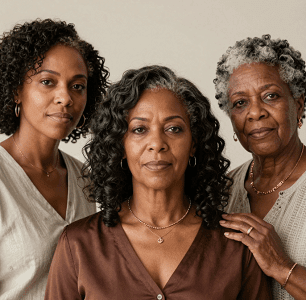Despite the implementation of the Affordable Care Act (ACA), racial disparities in breast reconstruction after mastectomy continue to persist. A recent study published in Plastic and Reconstructive Surgery® reveals that while overall rates of immediate breast reconstruction (IBR) have increased, significant gaps remain among different racial and ethnic groups.
The study analyzed data from the American College of Surgeons’ National Surgical Quality Improvement Project, focusing on patients who underwent mastectomy before and after the ACA’s full implementation. Before the ACA, IBR rates were notably lower among minority groups, with 35.1% of White patients undergoing reconstruction compared to 22.3% of Black/African American patients, 28.8% of Asian patients, and just 3.8% of American Indian/Alaska Native patients. Hispanic patients also had lower rates at 28.0% compared to 33.4% for non-Hispanic patients.
Post-ACA, there were increases in IBR rates across all racial groups, with the most significant rises seen among American Indian/Alaska Native and Black/African American patients. However, disparities remain. By 2022, 52.0% of White patients received IBR, compared to 46.5% of Black/African American patients, 38.7% of Asian patients, and 31.4% of American Indian/Alaska Native patients. Interestingly, Hispanic patients were more likely to undergo IBR than their non-Hispanic counterparts, with rates of 56.6% versus 45.7%.
Lead author Rachel E. Schafer, MPH, from Cleveland Clinic Lerner College of Medicine, emphasized the need for targeted interventions to ensure equitable reconstructive care for all breast cancer patients. The study underscores the ongoing challenges in achieving health equity, despite policy efforts aimed at expanding healthcare access.
See: “Racial disparities in breast reconstruction persist despite ACA implementation” (April 30, 2025)



